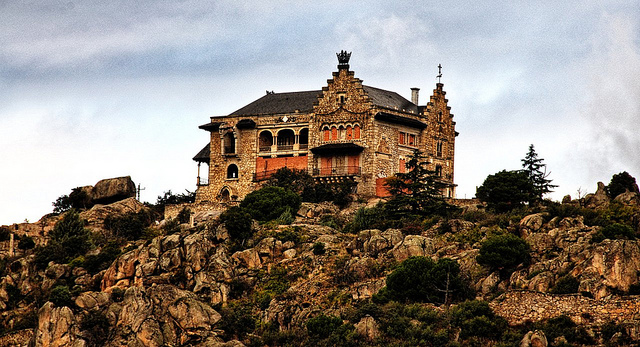The Palacio del Canto del Pico is one of the most eclectic buildings built in the twentieth century, even for Spanish architecture at the time. This masterpiece of granite masonry is located north-west of Madrid in the municipality of Torrelodones.
Construction finished in 1920 and its role was that of a small museum – a house-like museum that would preserve and celebrate the art collection of José María del Palacio y Abárzuza, the third count of Last Almenas.
Canto del Pico is a very poetic name, which translates to English as “Peak of Songs.” The house was built on top of the ridge, crowning the top of the granite mountain at about 3,300 feet above sea level: the highest point of the Torrelodones municipality.
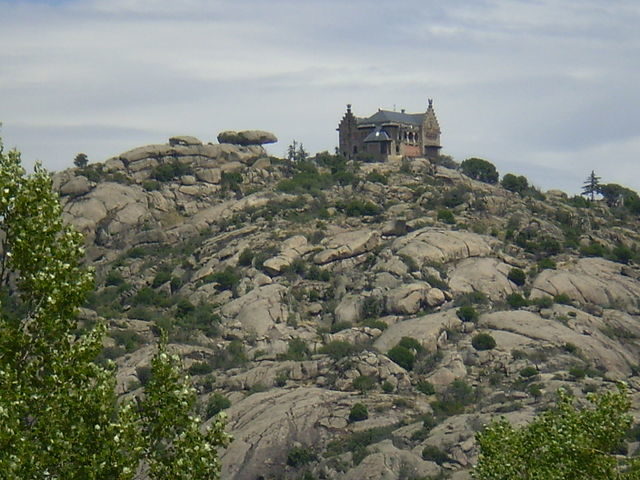
The third count of Last Almenas and the first Marquis of Llano de San Javier would frequently host parties and other gatherings, which often involved much singing and dancing. Thus, another translation of Canto del Pico would mean that one could call this palace “The Peak that Sings.”
An architectural caprice like this one comes only once in a while. José María del Palacio y Abárzuza was responsible for its construction. The palace was his own personal project and no architect’s hand intervened with the designing of his masterpiece.
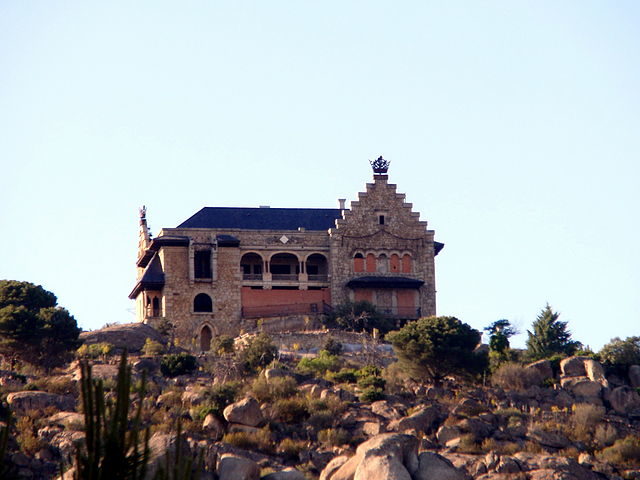
His idea was materialized by famous master stonemasons from the area of Mazarredo and various other master builders from all over the north of Spain. Signor Antonio Ramos, a great engineer and personal friend of the count, also lent a hand.
Even though the palace is a mix of many different styles and has various ornaments, Neo-Gothic style is the most predominant. The palace housed and preserved a collection of archaeological artifacts and pieces of Spanish art created between the 12th and the 17th centuries.
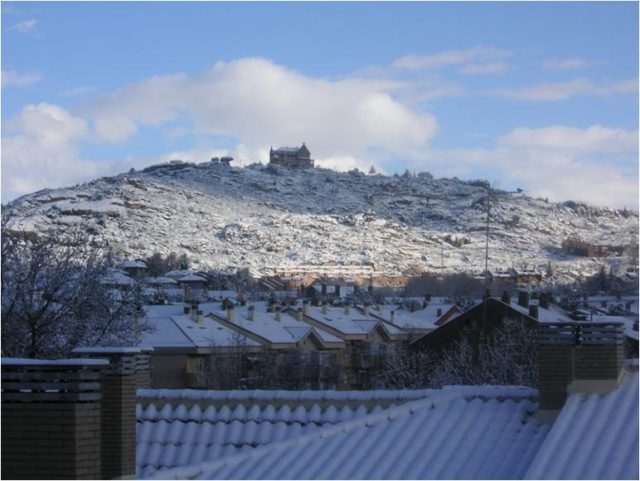
Some of these valuable pieces were even incorporated into the structure itself. Such was the case with Gothic columns from the Castle of Curiel de Duero, wood-paneled ceilings brought from the municipality of Curiel de Duero, large doors taken from the Convent of the Salesas Reales in Madrid, and many other ornaments and decorations from the local area.
By the end of the 20th century, the palace had suffered as the result of vandalism and exposure to the elements after being uninhabited and neglected for a while. Looters took as much of the interior as they could carry — furniture, stylish wooden doors and windows, and all of the artworks, which now belong to private collectors. After the interior was stripped bare, the looters turned to the roof and the exterior walls.
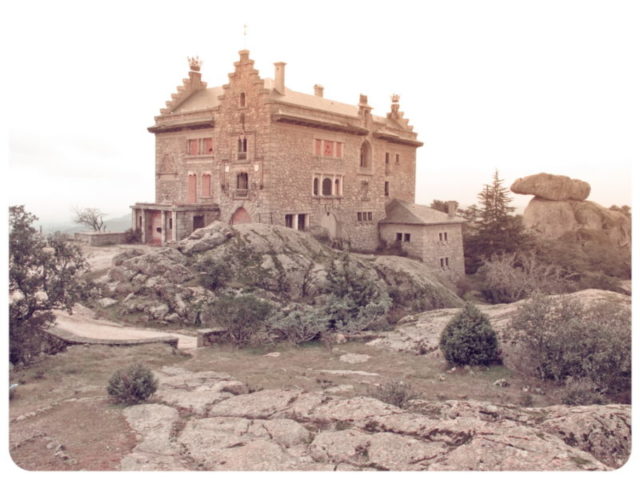
A hotel company succeeded in buying the house and its surroundings with the idea of turning it into a luxurious resort. However, there was a fire soon after the purchase and the building became even more unfit for the purpose of a high-class tourist resort.
As of 2013, the building’s only value is that of a cultural monument. The local government has some plans for ongoing projects to reassess the damage and initiate potential reconstruction and restoration. How long this will last, and whether or not the palace will survive until then, no one knows.
